In this article, Hac San will provide you with the most useful information for preparing your designing a house and selecting a reputable design and construction firm.
Every one of us dreams of owning a beautiful home that satisfies our personal needs while also possessing a unique, impressive, and eye-catching charm. You need quality designing a house to have such, complete with amenities and cost-efficiency. A well-crafted house design plan can help alleviate all your concerns. However, this task is never easy.
What is designing a house?
Designing a house is the process of turning your dreams into drawings and bringing them to life. Architects will use the criteria you provide and your preferred style to design an impressive home that captures attention, from the exterior to the interior, all while staying within your budget. Therefore, home design involves arranging and structuring both the interior and exterior, from architectural elements to spatial divisions within a house. It ensures that your home meets your desired living spaces and guarantees technical safety.
Perhaps due to these requirements, modern home designs often aim for harmony with nature, combining rustic simplicity with modern elegance. That’s why home design has become increasingly crucial for various types of residential properties, including townhouses, apartments, single-story houses, and villas.
Things You Need to Know About Designing a House:
Before embarking on any task, it’s crucial to have a clear understanding of the necessary knowledge and considerations. If you aim to create a high-quality portfolio, you must also know what a comprehensive portfolio includes, its specific details, and what constitutes a complete portfolio.

A well-rounded portfolio typically comprises the following components:
- Identify the project components on your property.
- Allocate space and define the use of areas within the house.
- Include finished images and detailed drawings of the house.
- Provide a foundation plan, design structural elements, and arrange reinforcement: foundation, columns, beams, and floors.
- Create electrical and plumbing diagrams. Specify the quantity and type of materials and equipment.
- Select and arrange furniture and interior decorations.
- Design the garden, gate, and fencing.
However, you can still omit some of these components in your documentation because not every household will have all of these elements.
Some examples of complete Designing a House drawings.
Here are some sample portfolios that have been implemented and supported by homeowners for your reference!
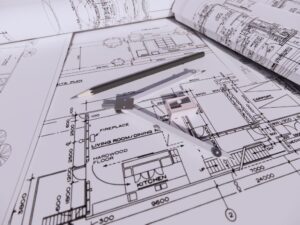

Architectural design
Architectural design involves calculating the area, determining the construction plan, functional positions, and the area of each usable space. It includes creating house models and designing detailed exterior architecture from the outdoor area to the interior. Choosing a design style according to the homeowner’s requirements.

Different architectural design styles
If you want to have a beautiful and unique house, you should discard old ways of thinking and avoid using existing design templates for your home. To ensure that your home has high aesthetic value, it must be designed in a clear style that is not influenced by any copied images.
First, you need to determine your preferences and personality traits so that architects can design a house in your unique way. Of course, you need to communicate directly with the designer so that they understand your thoughts and desires, allowing them to choose the most suitable design style for your home.
There are countless ideas, shapes, arrangements, and styles for home design, but in general, they all originate from certain design styles.
Structural Designing a House
To help you visualize, you can think of a house as a human body, with architecture as the skin and flesh, interior design as the clothing, and makeup, and structural design as the strong skeleton that supports the body.
If you want your house to withstand the forces of nature and human activities, the structural aspect is paramount. It needs to be robust to ensure the safety and stability of your home.
Here are some main types of structures in a house that you should know:
Here are some main types of structures in a house that you should know:
- Land Foundation
- House Foundation
- House Frame
Soil Structure in Home Design: Over the years, Hac San has observed that many people, including designers and contractors, often overlook the importance of soil structure in home design. The foundation must withstand all the effects of a construction project. An unstable foundation can lead to various issues such as tilting, sinking, and cracking, and the consequences can be significant. This is why Hac San wants to emphasize the importance of soil structure in home design.
Home Foundation Structure: The foundation of a home is like its support system, as it must withstand all the impacts of the construction and external factors. When designing the foundation structure, it’s essential to pay attention to its load-bearing capacity. Currently, the separation between the soil and the foundation is often considered for calculation to minimize errors and ensure the safety of each component. However, completely isolating these two aspects is a serious mistake, as there is a close relationship between them. So, how do you choose the right type of foundation for your home and consider the soil structure?
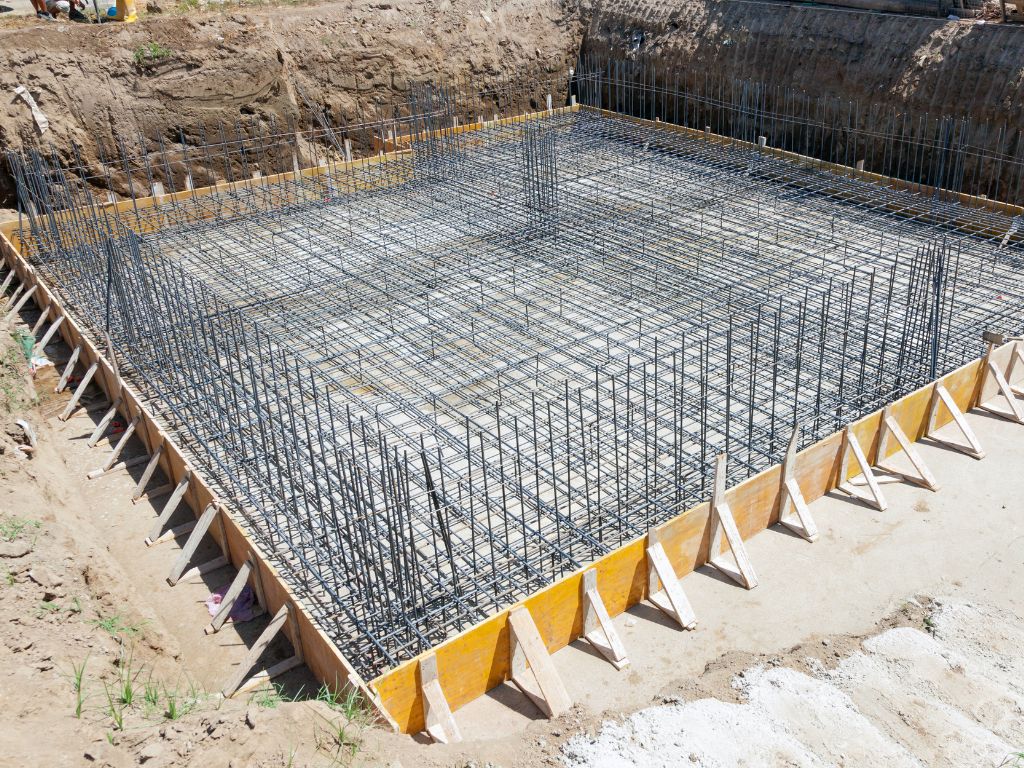
Home Frame Structure: The frame structure of a house is like its skeleton, providing support and protection for all materials, equipment, belongings, and inhabitants inside the house against the effects of weather. The frame structure typically includes columns, beams, concrete floors, and roofs.

How to Calculate Home Structure for Beginners
Hac San agrees with you that calculating the structure of a house requires in-depth knowledge. However, in reality, there is still a straightforward way for those who are new to the subject to understand and make preliminary calculations for their homes.
- Refer to the structural drawing
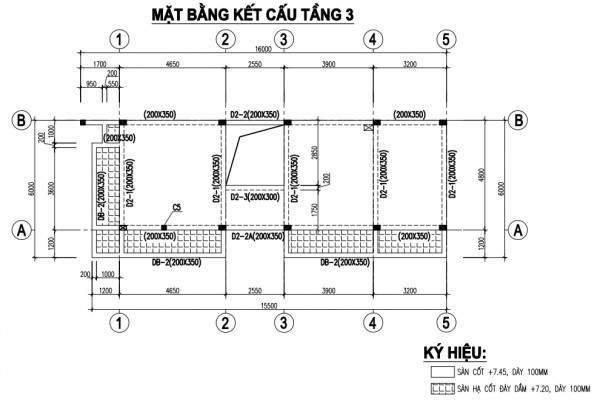
- Rely on software
Interior Design
Interior Design involves the selection and arrangement of household items, decorative objects, color schemes, and lighting within a space to create a harmonious, functional, and aesthetically pleasing environment for living and daily activities. It is the process of designing the interior spaces of a home to meet the needs of its inhabitants while also considering the overall aesthetic appeal of the entire residence. Achieving an ideal interior space is not a simple task and requires a sense of aesthetics, principles, and specific knowledge.
To create an ideal interior space, one needs to consider various factors, including personal taste, functionality, and budget constraints. Interior design is not just about arranging furniture; it also encompasses the selection of colors, textures, materials, lighting, and other elements that contribute to the overall ambiance and functionality of a space.
Factors Influencing Interior Design
Interior design also pays great attention to the harmony of styles, both in the interior and exterior. Typically, design styles are often influenced by three main factors:
- Aesthetic Appeal: Visual appeal and aesthetics play a significant role in interior design. The chosen style should align with the homeowner’s taste, perception of beauty, and desired objectives.
- Functionality: Practicality and functionality are vital aspects of interior design. The design must be convenient and appropriately sized to serve its intended purpose effectively.
- Financial Considerations: Budget constraints are another critical factor. The choice of design elements should align with the available budget.
While functionality and financial aspects are usually evident, the aesthetic aspect depends on individual taste, their perception of beauty, and the goals they want to achieve in their interior design
Technical Systems in the Home
What Are Technical Systems?
Technical systems within a home can be loosely compared to the circulatory system in the human body. These technical systems include:
- Electrical System
- Plumbing System
- Network and Security Systems
Electrical System: This system encompasses the generation, distribution, and utilization of electricity within a home. It powers lights, appliances, and various devices.
Plumbing System: The plumbing system deals with the supply and drainage of water within the house. It ensures a clean water supply for various uses and manages wastewater removal.
Network and Security Systems: This category includes various smart home technologies such as network connectivity, security cameras, and home automation systems. These systems enhance the home’s convenience, connectivity, and security.
Just as the circulatory system in the human body is vital for overall health, these technical systems are essential for the proper functioning and comfort of a home.
What You Need to Know About Electrical Systems in the Home
To help you understand this section completely, let’s clarify some key terms:
Residential Electricity
Residential electricity refers to the entire system of electricity supply, consumption, materials, safety equipment, controls, and electrical appliances used in a home.

Electrical System Design in the Home
- The design of the electrical system in a home involves selecting and arranging electrical materials and devices to meet the electricity usage needs efficiently, safely, and economically. This design includes:
- Basic principles and schematic diagrams of electrical circuits.
- Designing electrical systems inside and outside the home.
- Electrical design drawings.
- How to arrange electrical supply and usage devices.
- Wiring methods and cable routing
Water Supply and Drainage System in the Home
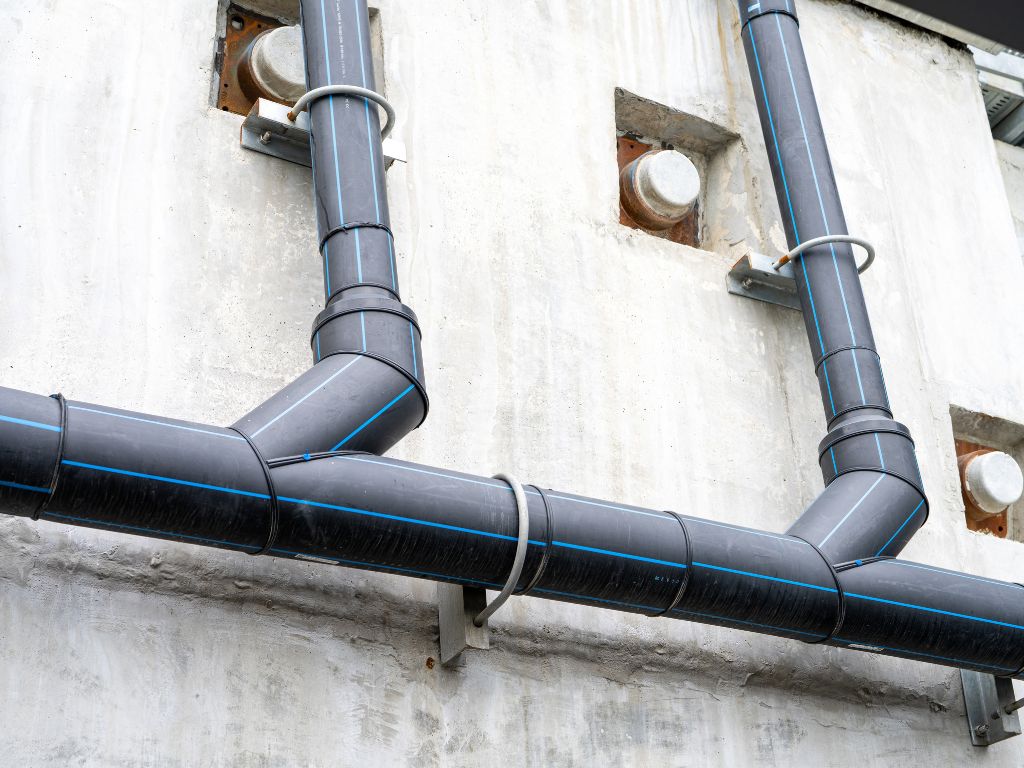
The water supply and drainage system in a home consists of materials, equipment, and accessories for providing clean water and managing wastewater. Understanding these systems is crucial for monitoring the construction of your home. It involves:
- Selecting appropriate materials and equipment for water supply, such as pipe sizes, connectors, and sanitary appliances.
- Proper installation and slope calculation for pipes and floors.
- Understanding the principles, diagrams, and drawings of water supply and drainage systems in the home.
Designing Fences, Gates, and Gardens
A perfect home includes enjoying not only the indoor space but also the outdoor elements such as a well-landscaped garden. The landscape design adds value, aesthetics, and a refreshing atmosphere to your home. When arranging your garden landscape, consider:
Overall Site Planning
Determine the house’s position and orientation, gate location, auxiliary structures (e.g., garages), outdoor restrooms, and landscape elements like ponds, lakes, and trees. Plan pathways within the garden.
Detailed Design.
After establishing the overall plan, delve into the details of garden design, including decoration, layout, color schemes, and spatial organization. Ensure consistency and harmony throughout.
Project Costs
Financial considerations play a significant role in home design. The total cost of a project includes expenses such as:
- Management Costs: Permit applications, site supervision, and land clearing.
- Materials: Building materials, equipment, and interior furnishings.
- Labor: Construction labor.
- Time and Effort: The time and effort expended by the homeowner.
Popular Home Design Styles
Here are some popular home design styles you can consider:


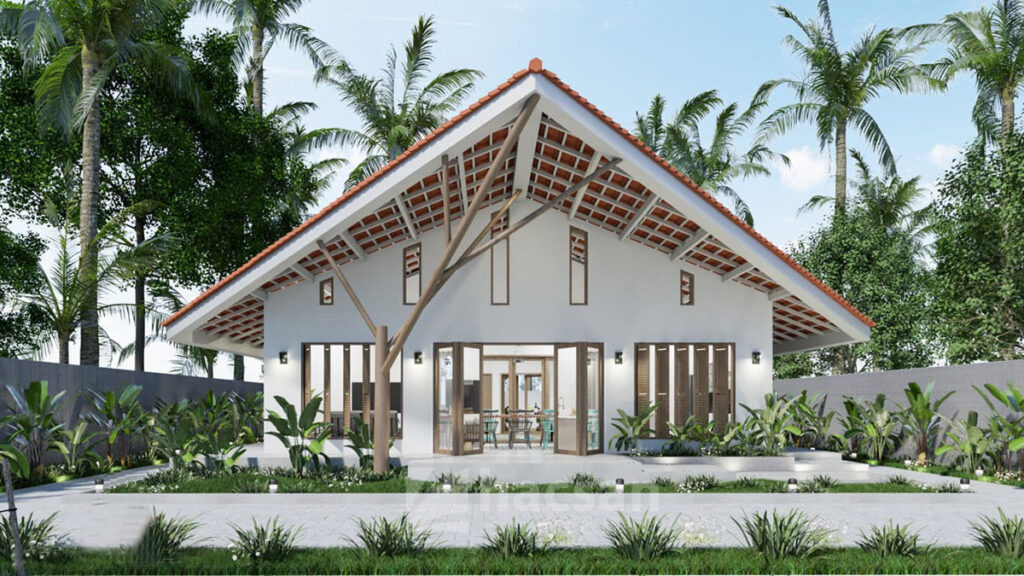
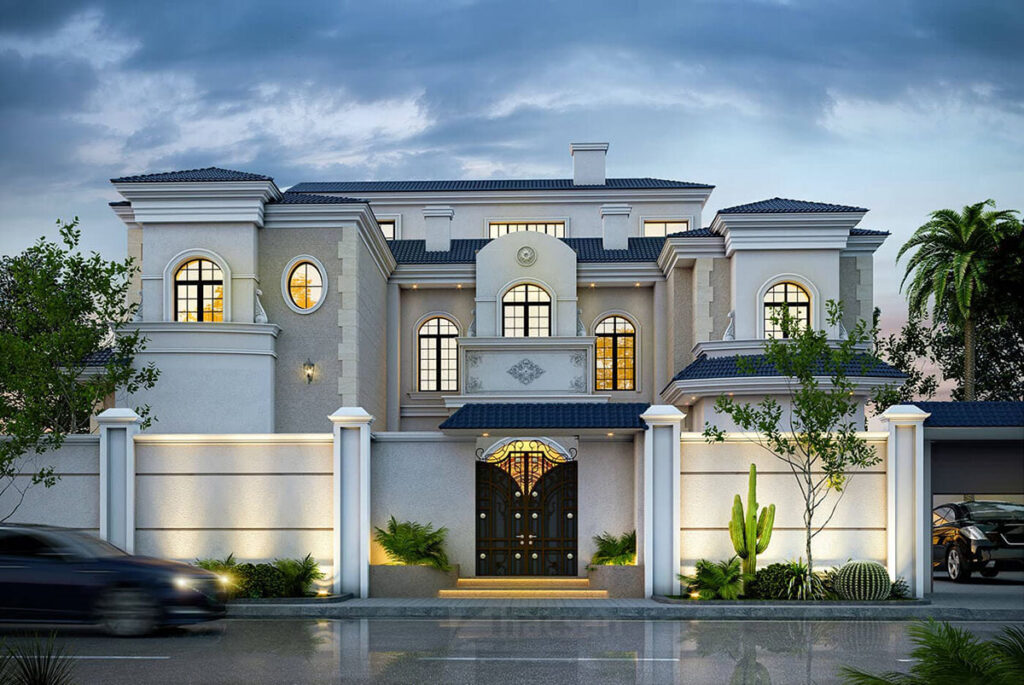
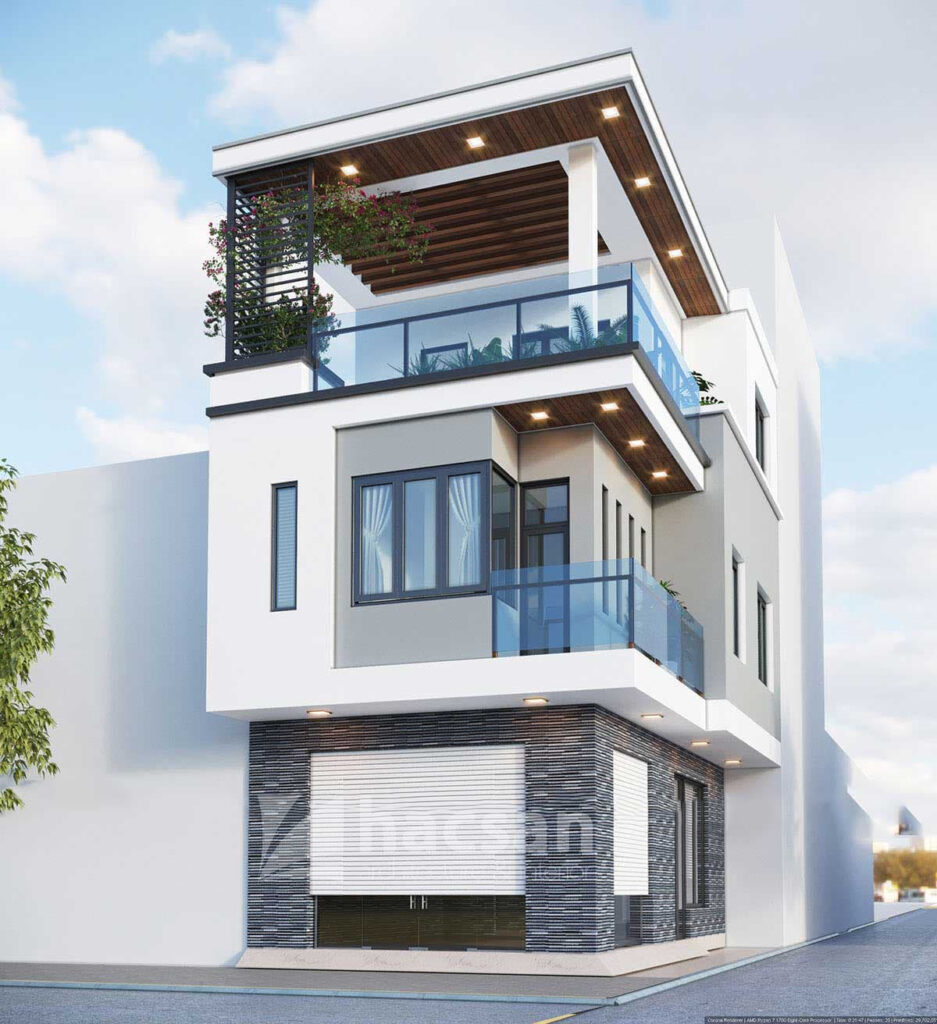
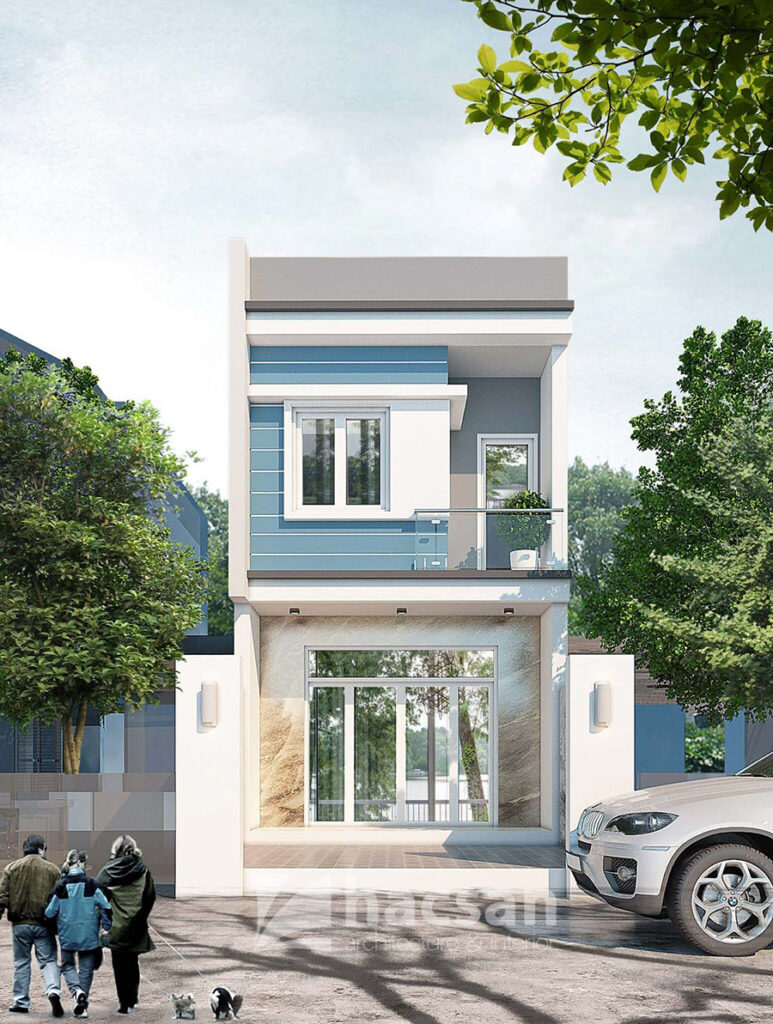
In this article, Hac San has summarized key elements related to designing a house. While it may not cover every detail, it provides a good starting point for anyone interested in home design. For more information, you can explore additional articles on Hac San’s website.
Please get in touch with HacSan as soon as you have a need.
Hotline: 0906.835.187
Website: hacsan.vn
Facebook: www.facebook.com/Hacsan01
Instagram: www.instagram.com/hacsan.vn
Address: 168/2 Nguyen Gia Tri, Ward 25, Binh Thanh District, HCMC
See more: Pricing for Interior Design Services (Over 1001 Beautiful Design Templates)
